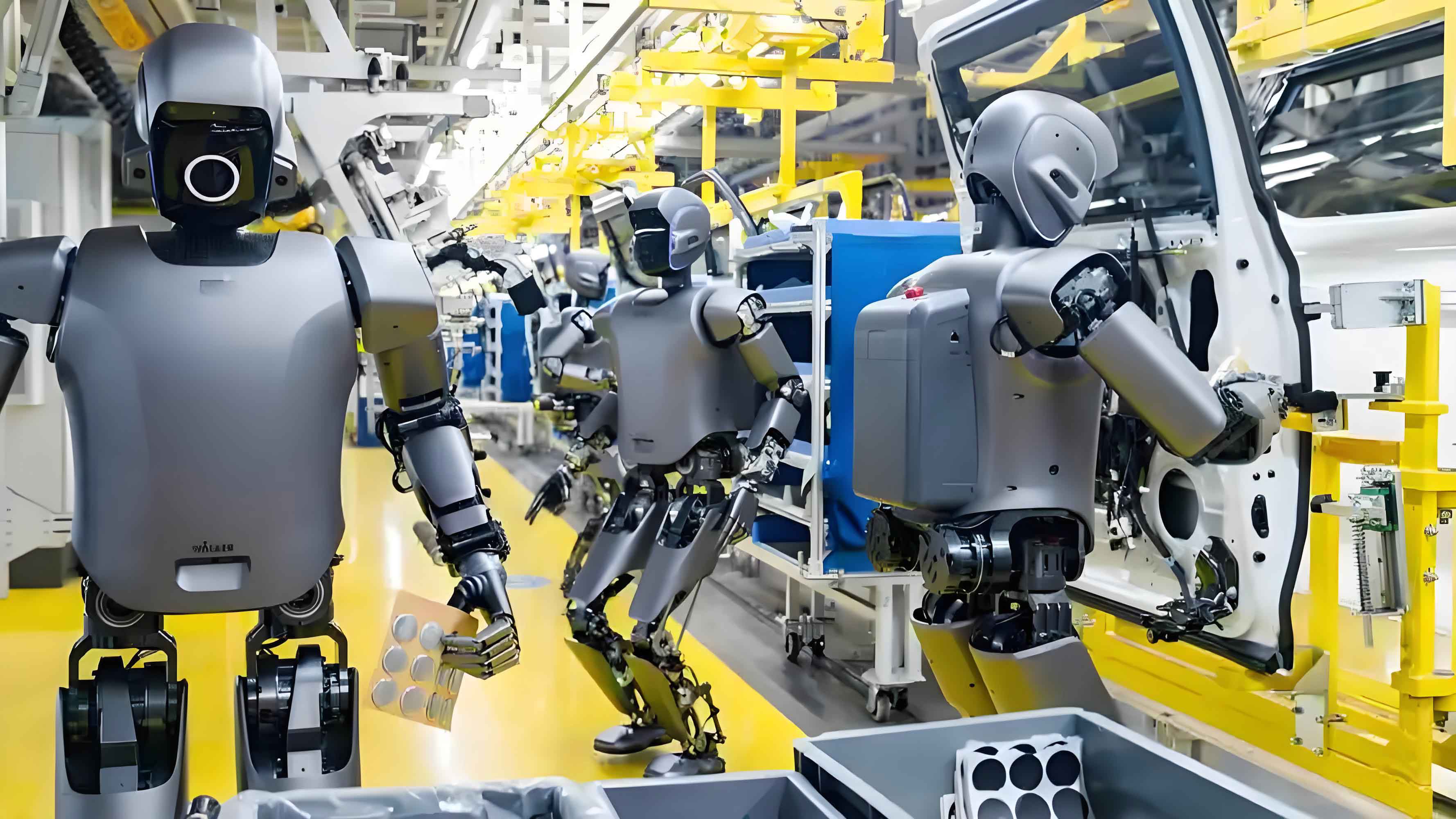The relentless hum of robotic arms now orchestrates production lines across Chinese factories, signaling more than just automation—it’s the pulse of a profound innovation renaissance. Groundbreaking research reveals that industrial robot adoption isn’t merely replacing human labor; it’s actively fueling corporate innovation by unlocking critical funding pathways and reshaping competitive dynamics within China’s manufacturing sector.

The Innovation Catalyst: Data-Driven Evidence
Analyzing 24,820 annual observations from 2,482 listed Chinese manufacturing firms (2007–2020), researchers constructed a firm-level industrial robot penetration index. The findings are unequivocal:
- Patent Surge: A 1% increase in industrial robot penetration correlates with a 10.6%–13.5% rise in patent grants and a 5.53% jump in patent citations.
- Robust Mechanisms: Industrial robot deployment boosts innovation by increasing government R&D subsidies (e.g., “smart”-tagged grants surged for robot-intensive firms) and alleviating financing constraints (reducing loan interest costs by 8.4%).
- Policy Amplifier: Firms using industrial robots received 3.6× more government subsidies than non-users—directly channeling capital into R&D.
“Industrial robots act as innovation enablers,” notes lead researcher Chen Shaojian. “They signal technological commitment to markets and policymakers, unlocking resources previously out of reach.”
Who Benefits Most? The Heterogeneity Edge
The innovation dividend is unevenly distributed, revealing strategic imperatives:
- State-Owned Enterprises (SOEs) outperform private peers in innovation gains, leveraging superior access to subsidies and credit.
- Tech-Intensive Industries (e.g., electronics, pharmaceuticals) see 21.9% higher patent grants versus non-tech sectors. High intangible asset valuations make interest-cost reductions from industrial robot adoption particularly impactful here.
- High-Skill Workforces magnify gains. Firms with over 30% college-educated staff report 22.9% stronger innovation output when deploying industrial robots. “Human-robot symbiosis drives knowledge recombination,” the study asserts.
Critical Amplifiers: The Role of Ecosystem Factors
Four levers significantly intensify the industrial robot-innovation link:
- Digital Infrastructure: Firms with advanced IoT/AI platforms see 7.2% higher patent citations. Digitalization slashes information costs, enabling real-time optimization of robot-driven processes.
- Market Competition: In highly contested markets (low HHI/Lerner indices), industrial robot users innovate 15% more aggressively. Competition forces efficiency—robots become tools for differentiation.
- Environmental Stability: Uncertainty (e.g., trade volatility) dampens innovation ROI by 12%. Stable policies maximize robot-led R&D payoffs.
- Labor Upskilling: Every 10% increase in skilled labor share boosts robot-driven innovation efficacy by 9.3%.
Policy Imperatives: Sustaining the Momentum
The research prescribes actionable pathways:
- Subsidize Strategically: Target industrial robot subsidies toward tech-intensive sectors and SMEs. Grants should incentivize complementary investments in digital tools and workforce training.
- Enforce Competitive Markets: Reduce entry barriers and strengthen antitrust oversight. Competitive pressure forces firms to convert robotic efficiency into innovation.
- Stabilize the Ecosystem: Buffer firms against policy uncertainty through transparent regulations and fiscal consistency.
- Pioneer Programs: Accelerate industrial robot integration in SOEs and tech leaders. Their success creates cascading best-practice adoption.
